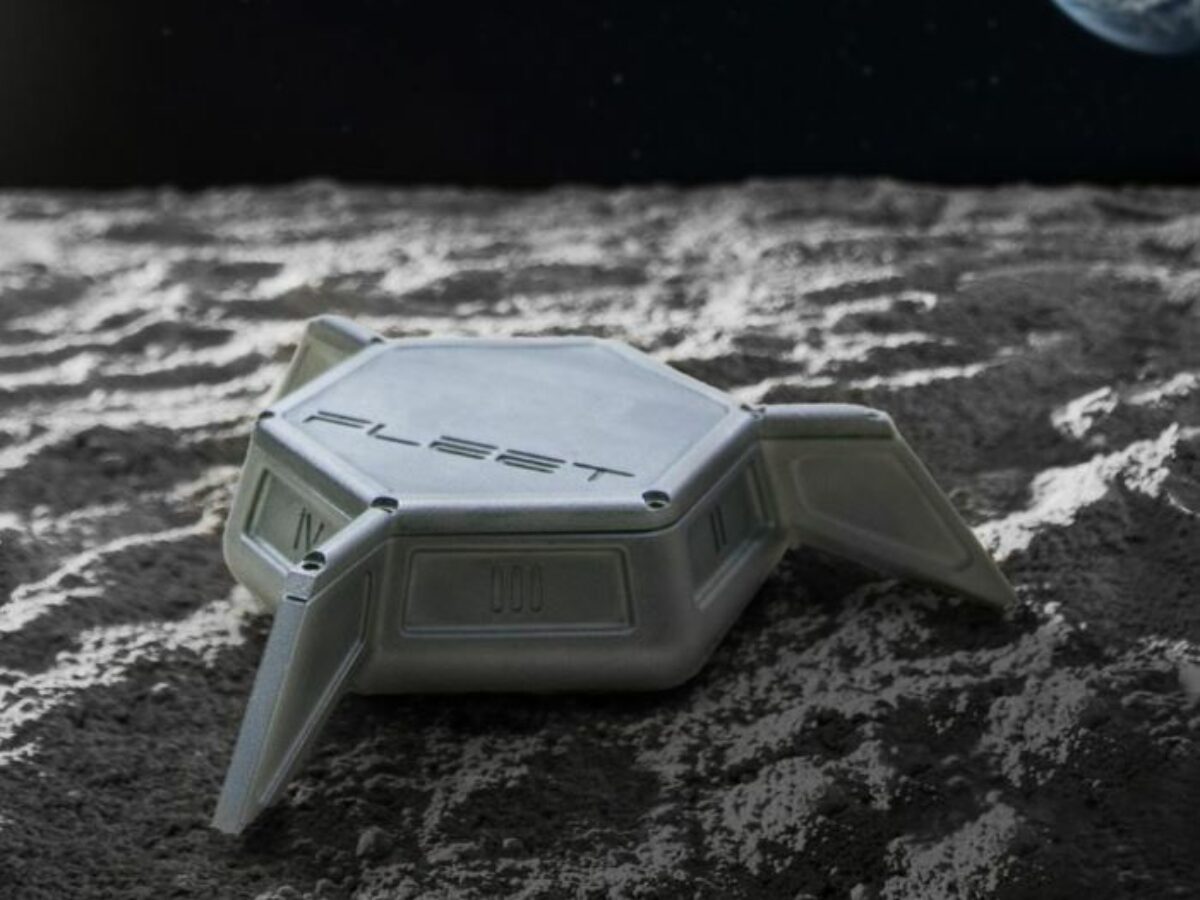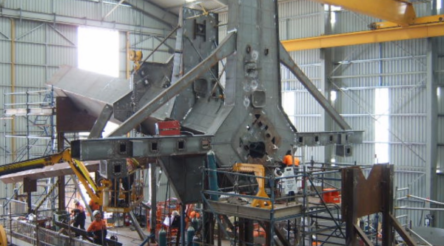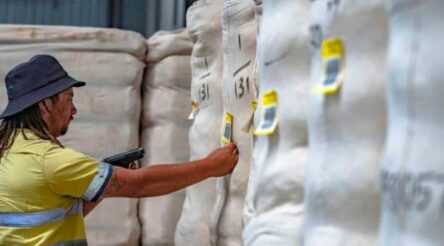Fleet Space heads for the Moon

Leading Australian space exploration firm Fleet Space Technologies has been awarded a $4 million contract with the Australian Space Agency for its Moon to Mars Demonstrator programme.
Building on Fleet Space’s terrestrial success in deploying direct-to-satellite seismic arrays that find critical minerals, Fleet is now venturing into the celestial realm, harnessing this capability to create a device tailored for Lunar and Martian exploration.
In 2022 Fleet Space revealed a preliminary design for an Australian Moon rover vehicle, part of the 7 Sisters consortium of leading space companies bid to be part of NASA’s ground-breaking Moon and Mars mission.
On Wednesday the company was one of ten grant winners announced by the Australian Space Agency under the Demonstrator Program of the Moon to Mars Initiative as sharing in nearly $40 million in total support.
Fleet Space has been chosen for the project Seismic Payload for Interplanetary Discovery, Exploration and Research (SPIDER).
The grant contract will assist Fleet Space to build the geophysical devices to enable resource exploration for future human habitation as part of an initiative to back a series of local space innovations, including those that can help address climate change.
Chief Exploration Officer and Co-Founder of Fleet Space Matthew Pearson said: “With this significant contract from the Australian Space Agency, we are poised to be the first Australian technology to touch down on the surface of the Moon, supporting humanity’s efforts towards colonisation and aligning with NASA’s Artemis program, with a future vision of Martian exploration supporting the hunt for life beyond our planet.”
In a significant advancement for lunar exploration, the SPIDER, a three-component seismic station, is set to be deployed on the surface of the Moon’s South Pole.
Designed to record continuous seismic data for up to 14 days, the device will be launched aboard a commercial lander.
This achievement will showcase the potential for developing compact geophysical instruments and revolutionise future lunar and Martian exploration missions.
This seismic station is supported by DUG Technology, Adelaide University, Titomic, the Department of Education SA, and researchers from the Australian National University, Professor Hrvoje Tkalčić, and from the University of Tasmania, Professor Dr. Anya M. Reading.
Pearson said: “Fleet is currently deploying several direct to satellite seismic arrays and intends to leverage this Earth capability into a device suitable for lunar and Martian environments.
“We are explorers with a mission to revolutionise mineral exploration from Earth to the Moon and Mars. Fleet’s world leading technology is locating minerals that are critical to the future of humanity.”
This contract follows the announcement in May 2023 that Fleet Space Technologies had successfully completed its heavily oversubscribed Series C fundraising round, raising a total of $50 million.
Further Reading:
Almost $40 million in Moon to Mars Initiative grants awarded
Fleet Space Technologies reveals Moon rover design
Image: Fleet Space Technologies
@aumanufacturing Sections
Analysis and Commentary Awards Defence Manufacturing News Podcast Technology Videos










